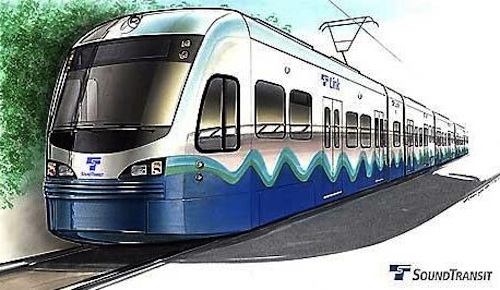The conventional logic says that public transportation will rise as gas prices rise (basic economic situation there). That seemed to be the case in the 1950s in some cities, but now — via data from the American Public Transportation Association (which is admittedly an advocacy group) — it seems 2013 was the best year for public transportation since 1956, other economic factors aside:
“Now gas is averaging well under $4 a gallon, the economy is coming back and people are riding transit in record numbers,” Mr. Melaniphy said in an interview. “We’re seeing a fundamental shift in how people are moving about their communities.”
I am not 100 percent sure this is true, simply because many 1 million+ resident cities still don’t have the infrastructure for a good public transportation set-up; that said, you’re starting to see more effective public transportation in Red-state western cities, which didn’t seem to be a thing anyone would see in their lifetime. In fact, some of the biggest gains came in cities with traditionally very car-based ways of life: Miami, Los Angeles, Houston, etc. (I’ve been on all those systems — admittedly not of late except for Houston — and they’re all OK but not great.) The New York Times article on the ridership up-tick makes a big deal about Denver — another frontier Western city that it would seem would be very car-focused, but is embracing public transportation — but the issue there is that their system appears to be powered by coal, meaning that per rider, it’s actually worse than everyone tooling around in a Prius out there. Public transportation can be green, in other words, depending on your energy context.
Don’t even get me started on Bus Rapid Transit, which may well be the future (again, if infrastructure can be found). I think light rail can be a little pricy, but when you see it developed in a place like the Research Triangle — that needs to connect people to different types of jobs across the multiple universities and research/pharma companies — that’s a good thing.
2013 was 10.7 billion public transit rides. Any guesses for 2026? Will it be above 18 billion?
